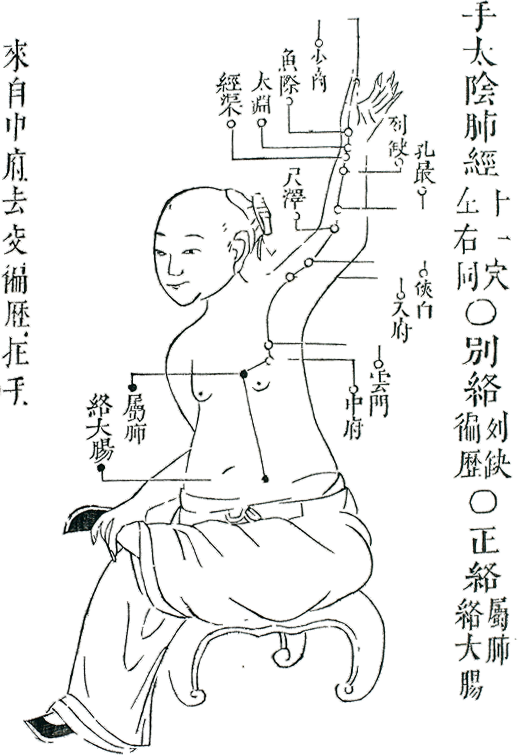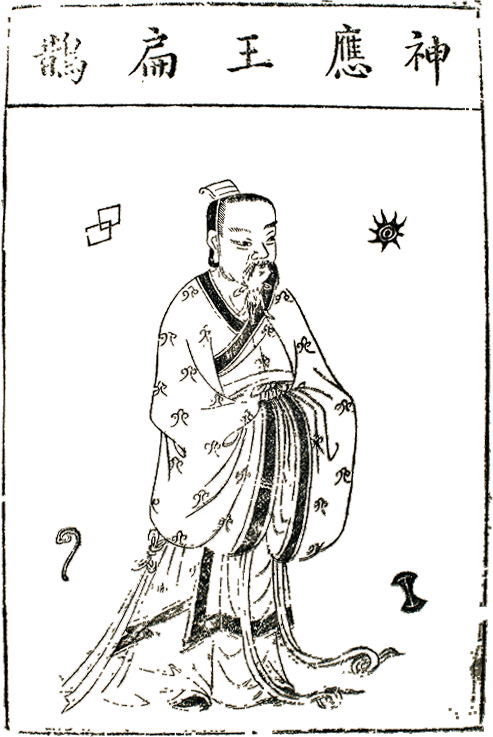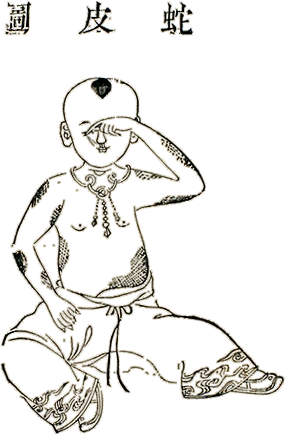Therapies that stand
the Test of Time

All human beings strive for a healthy life, however, the awareness of ones body and its needs, as well as the approach to the matter vary from culture to culture.
The approach to health and medicine In Chinese culture
A profound awareness of health and the methods to preserve it are deeply embedded in the ancient culture and philosophy of China. This awareness and approach to health, such as the (original) core principles of traditional Chinese medicine, can still be found in all areas of life today—be it in art, food and habits of eating or even in the writing (Chinese characters), which hints at the profound importance the matter held and continues to hold in this ancient culture.
Having said that, Traditional Chinese Medicine is built upon a body of wisdom whose roots date back more than 5,000 years. The tradition has proven itself effective, thereby standing the test of time throughout the millennia. –This is important to understand as a starting point and to give context to what follows.
To briefly outline the essence of this approach:
At its core, original Traditional Chinese Medicine (and there’s a reason I emphasize “original”—which will soon become clear) regards a healthy person as a harmonious unity of body and mind. According to this tradition, a person is healthy when they live in harmony with themselves and their environment; otherwise, illness may arise:
Whether a person falls ill or remains healthy largely depends on the uninterrupted flow of life energy—Qi—which regulates all bodily functions. When the energetic balance of the organism is disturbed for a prolonged period, it leads to deficiencies, excesses, or blockages, which in turn manifest as physical or mental illness. The aim of the various healing methods in traditional Chinese medicine is to restore the internal energy flow, correct imbalances, and activate and strengthen the body’s natural self-healing abilities.
For more on the specific healing methods check the Treatments page.
Now, as with many things that modern science struggles to comprehend, it has labeled Chinese medicine as “unscientific” and thereby transformed the original tradition into the institutionalized phenomenon now widely known as TCM. What remains today is mostly a distorted or incomplete version of the original methodology—more of a torso than complete body.
This has also happened within China itself, where doctors of conventional medicine are holding the dominant power in the healthcare system. As a result, Chinese medicine practitioners are often forced to adapt their way of treating in order to fit into the framework of conventional Western medicine.
And here is where the concept of Classical Chinese Medicine (CCM) comes into play.

CCM vs. TCM
Not all practitioners of Chinese medicine have followed the modern trend; some remain firmly committed to the classical/traditional model and its methodology.
For example, a famous Classical Chinese Doctor of our times, practicing and teaching in Vancouver, Canada (Dr. Pan Xiaochuan, https://www.panclinic.ca/about-us) made a unique contribution to the concept by mapping out and compiling the full spectrum of all records on the classical treatment methodology, integrating this knowledge into a comprehensive system. He was not the first to do so, however, unique as he teaches all aspects of CCM, while others concentrate their work only on single aspects of the matter.
More specifically, CCM instead of the watered down TCM remains loyal to and maintains the tradition of Yi Jing and Huangdi Neijing (Book of Changes and the Inner Canon of the Yellow Emperor), which have been handed down over the millennia – to name just the most important works – achieving an important restitution of otherwise lost methodology in the medical practice of our times.
The practitioner of this Medicine is the thinker of a holistic system, that aims to bring together mind, biology, physiology, nature, culture and the cosmos.
David Dar Ziv, Geneva
Chinese Medicine for Children
In children and adolescents, body and mind are undergoing a process of physical and psychological transformation. As they are in the prime of their growth, they possess tremendous energy and, crucially, are not yet burdened by the accumulated effects of poor lifestyle habits or unhealthy diets.
This makes these youngsters particularly receptive to the energetic (“Qi”) treatments—especially through acupressure and herbal remedies. In addition, proper nutrition, considered a cornerstone of Chinese medicine, is essential and cannot be overlooked. Healing processes often take effect almost immediately—in general, the younger the child, the quicker the response. This applies equally to colds and flu-like infections as well as allergic reactions or psychological imbalances.


